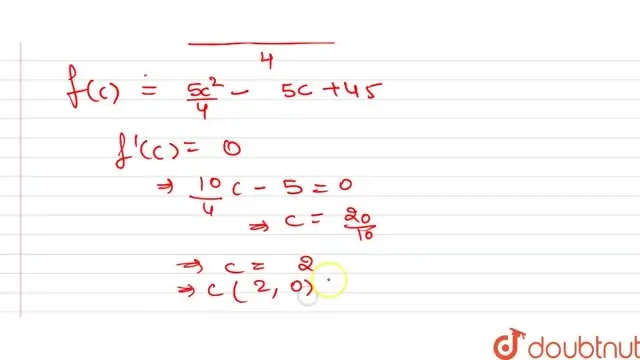A particle p moves from the point A(0,4) to the point 10,−4) . The particle P can travel the upper-half plane {(x,y)∣y≥} at the speed of 1m/s and the lower-half plane {(x,y)∣y≤0} at the speed of 2 m/s. The coordinates of a point on the x-axis, if the sum of the squares of the travel times of the upper- and lower-half planes is minimum, are (a) (1, 0) (b) (2, 0) (c) (4, 0) (d) (5, 0)
Step by step video & image solution for A particle p moves from the point A(0,4) to the point 10 ,-4) . The particle P can travel the upper-half plane {(x , y)|ygeq} at the speed of 1m//s and the lower-half plane {(x , y)|ylt=0} at the speed of 2 m/s. The coordinates of a point on the x-axis, if the sum of the squares of the travel times of the upper- and lower-half planes is minimum, are (a) (1, 0) (b) (2, 0) (c) (4, 0) (d) (5, 0) by Maths experts to help you in doubts & scoring excellent marks in Class 11 exams.
Related Playlists
- BOOK - CENGAGE ENGLISHCHAPTER - COMPLEX NUMBERS AND QUADRATIC EQUATIONSEXERCISE - All Questions886videos
COMPLEX NUMBERS AND QUADRATIC EQUATIONS
- BOOK - CENGAGE ENGLISHCHAPTER - DIFFERENT PRODUCTS OF VECTORS AND THEIR GEOMETRICAL APPLICATIONS EXERCISE - Multiple correct answers type11videos
DIFFERENT PRODUCTS OF VECTORS AND THEIR GEOMETRICAL APPLICATIONS
Similar Questions
Find the locus of a point, the sum of squares of whose distance from the planes x−z=0,x−2y+z=0 and x+y+z=0 is 36
View SolutionFind the image of the point O(0,0,0) in the plane 3x+4y-6z+1=0
View SolutionThe coordinates of a particle moving in XY-plane vary with time as x=4t2,y=2t. The locus of the particle is a : -
View SolutionThe point which does not lie in the half plane
2x+3y−12≤0 isView SolutionThe coordinates of a particle moving in XY-plane at any instant of time t are x=4t2,y=3t2. The speed of the particle at that instant is
View SolutionFind the distance of the z-axis from the image of the point M(2−3,3) in the plane x−2y−z+1=0.
View SolutionFind the distance of the z-axis from the image of the point M(2−3,3) in the plane x−2y−z+1=0.
View SolutionThe coordinates of a particle moving in XY-plane very with time as x=4t2,y=2t. The locus of the particle is
View SolutionA man travels half time of its journey with speed of 5m/s and for remaining half time he moves half of its total distance travelled, with speed of 3 m/s and remaining half distance with speed of 6 m/s. Find out the average speed of the man?
View SolutionFind the coordinates of the point where the line x−23=y+14=z−22 intersect the plane x−y+z−5=0. Also, find the angel between the line and the plane.
View Solution


